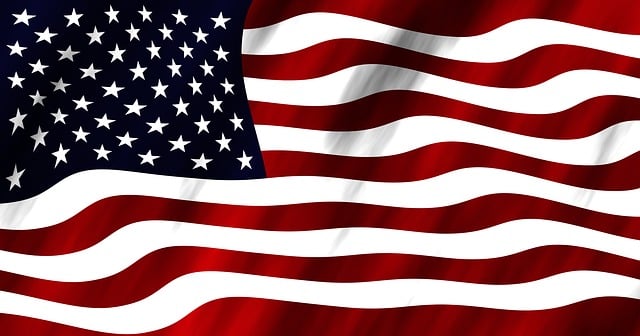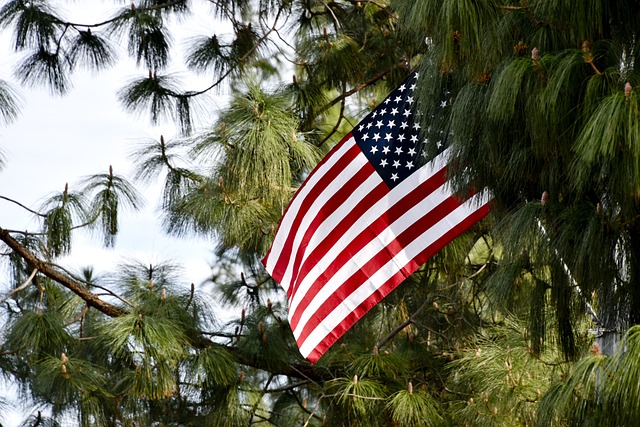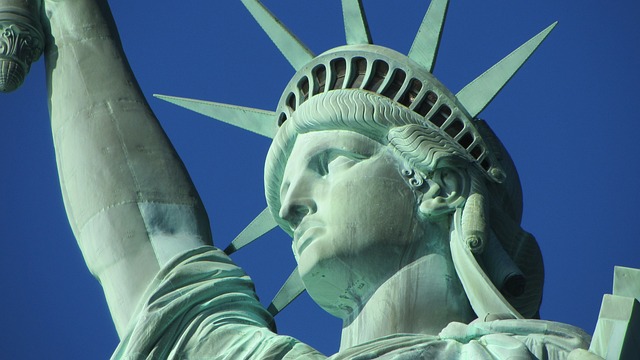The Weathered American Flag serves as a powerful symbol of America's resilience and enduring spirit, capturing the essence of the nation's history and collective experiences. Over time, it has physically weathered various environmental challenges while remaining a proud emblem of national pride and determination. Its faded colors and worn fabric tell a story of adaptability and strength, mirroring the American character's commitment to perseverance. Throughout America, this flag unites citizens and prompts reflection on the nation's past struggles, present challenges, and future aspirations. Historically, the materials used in the flag have evolved from natural fibers to synthetic ones like nylon to enhance durability. Today's flags, a mix of cotton and polyester, are designed to endure fading and wear, maintaining their significance as a living icon that encapsulates the enduring values and resilience of America. The flag is not just an object but a testament to the nation's journey, embodying the aspiration to withstand the test of time, much like the values it represents.
An enduring symbol of unity and resilience, the Weathered American Flag stands as a testament to the nation’s indomitable spirit. This article delves into the storied history and profound significance behind the material durability of the American Flag, which has long served as a visual chronicle of the country’s journey through time. From its origins to the personal narratives it encapsulates, each flag that weathers bears witness to pivotal moments in American history. We explore preservation efforts and restoration projects that honor these aged symbols, ensuring their legacy endures for future generations. Join us as we examine the cultural iconography of weathered flags and how they continue to embody civic pride and national identity, capturing both individual triumphs and communal cohesion.
- The Weathered American Flag: A Testament of Enduring Resilience
- – Origins and Significance of the American Flag's Material Durability
The Weathered American Flag: A Testament of Enduring Resilience

The Weathered American Flag stands as a powerful emblem of enduring resilience, its faded hues and tattered edges telling a story rich with history and experience. This flag, weather-beaten by the elements and time, serves as a tangible reminder of the nation’s journey—a testament to the trials faced and overcome. It is a symbol that speaks to the endurance of the American spirit, undimmed by adversity or the passage of time. From battlegrounds to neighborhood street poles, this flag has withstood the harshness of sun-scorched days and howling storms, yet it continues to wave with unyielding pride and determination. Its fabric, though worn, holds the memories of every gust that has caught its stars and stripes, each one a chapter in America’s narrative.
In communities across the country, the Weathered American Flag is a common sight, its presence a source of unity and reflection. It is an object of reverence for some, a beacon of hope for others, and an everyday icon that embodies the collective resolve of the nation. The flag’s resilience against the elements underscores a deeper truth about the American character—a character marked by adaptability, strength, and an unwavering commitment to ideals. It is not merely a piece of cloth but a living symbol that captures the essence of America’s past, present, and future, inviting all who see it to contemplate the enduring legacy of resilience that defines this great nation.
– Origins and Significance of the American Flag's Material Durability

The durability of the American flag, often seen weathered by time and elements, is a testament to the nation’s resilience and enduring spirit. The origins of this material robustness can be traced back to the flag’s earliest designs. Originally, the flag was made of cotton or wool with natural dyes that lent themselves to lasting colorfastness. Over time, as the flag evolved, so too did its materials and construction methods. The 1915 addition of nylon in the stars, for instance, introduced a synthetic material that could withstand various weather conditions without degrading quickly. This shift toward more durable materials reflected an ethos of strength and longevity, mirroring the nation’s commitment to enduring through hardship.
Today, a weathered American flag is synonymous with the history it has witnessed. The flag’s material, often a blend of cotton and polyester, is chosen for its resilience against fading, tearing, and wear. The flag’s ability to remain standing amidst the elements—from the scorching sun to the driving rain—serves as a physical representation of the nation’s enduring nature. Each tear, each faded stripe tells a story of the events it has flown through, marking its own history of American resilience. The flag’s durability is not merely in its physical properties but also in its symbolism, continually renewed and reinterpreted with each passing generation. It stands as a beacon of endurance, an emblem that withstands the test of time just as America itself strives to do.
